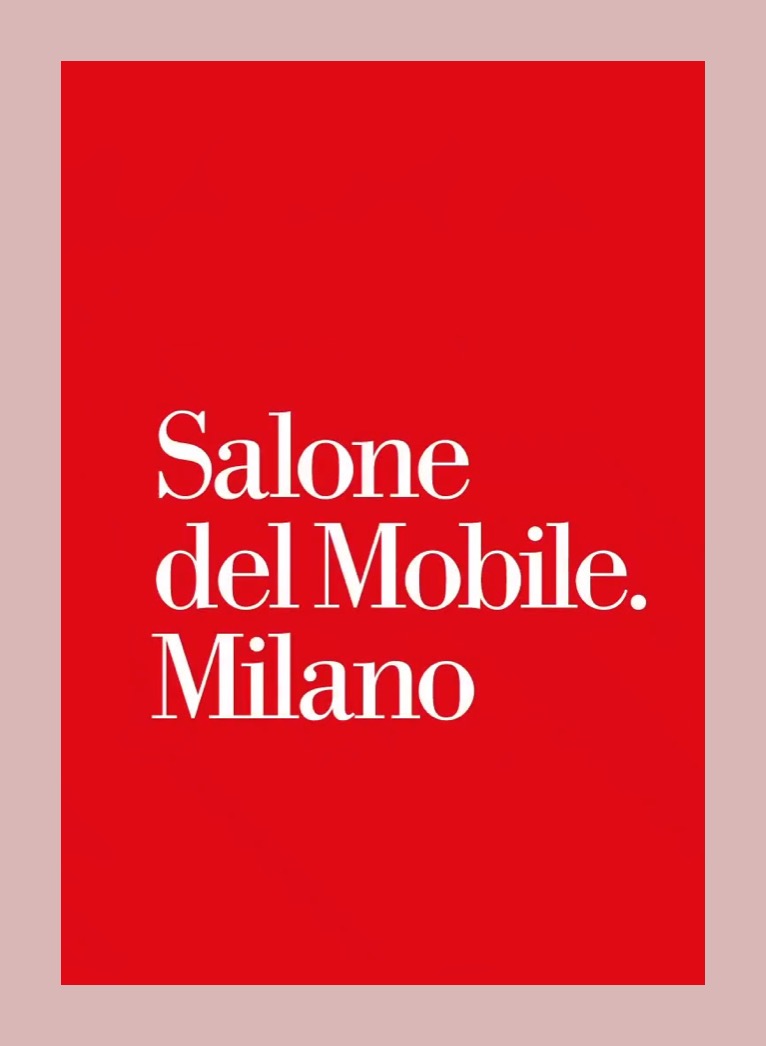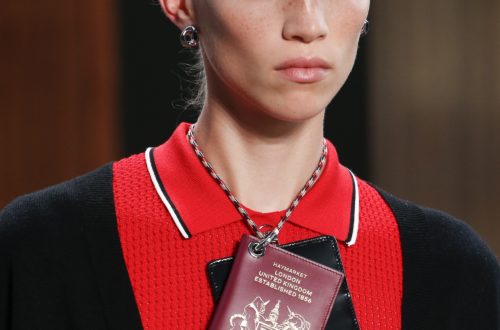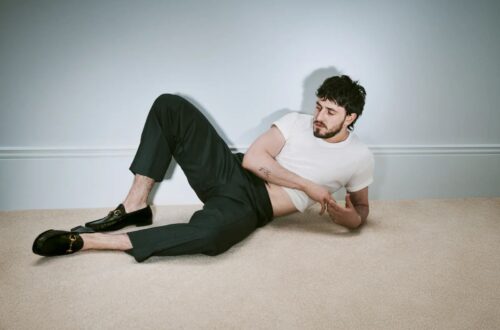The surprising and somewhat unwelcome news always stirs emotion. Even as we acknowledge that every ending heralds a new beginning, it’s hard to detach from figures who subtly yet significantly influence the fashion narrative.
Yet, not all stories start and end in the traditional sense; some exist in a perpetual now, radiating intense light that leaves no shadows, […] Always young, free, and full of dreams. It was this enduring present that Pierpaolo Piccioli reflected on in his Instagram announcement, gracefully bowing out from Maison Valentino.
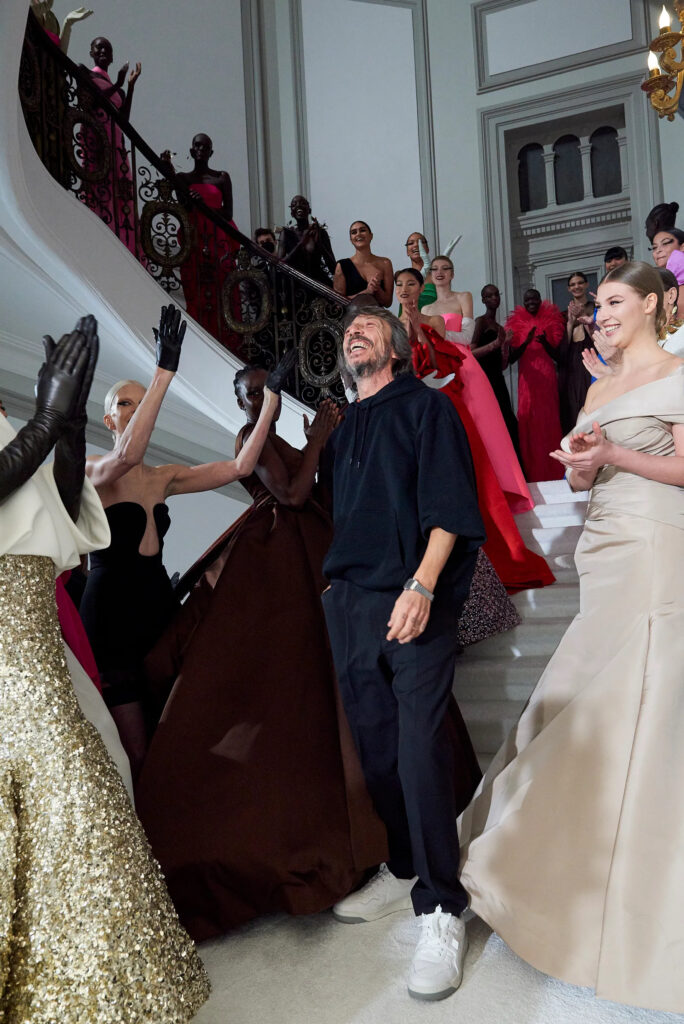
Truthfully, the news has sparked widespread reaction, from dedicated followers of the Italian house to those with a casual interest in fashion’s flux. This may stem from the challenge of moving beyond Piccioli’s sophisticated and thoughtful vision that honored Valentino Garavani’s legacy while embracing inclusivity and diversity in fashion. Piccioli’s 25-year tenure at Valentino has left an indelible mark, as Valentino’s Chairman Rachid Mohamed Rachid noted, reflecting on his substantial contribution.
When rumors of Alessandro Michele, formerly of Gucci, taking over the maison were just whispers, Valentino canceled its menswear and Haute Couture shows scheduled for June.
Moreover, the recent acquisition by Kering group of a 30% stake in Valentino for €1.7 billion, with an option for the French group to acquire 100% of Valentino’s capital by 2028, adds another layer of complexity.
How will the future of the maison unfold?
Step by step…
In 1999, Valentino Garavani injected vitality into the fashion industry by enlisting Pierpaolo Piccioli and Maria Grazia Chiuri to revitalize Valentino’s accessories.
By 2017, Piccioli embarked on a journey to redefine femininity, advocating for an elegant, refined, almost ethereal allure in his creations. Instead of embracing snug fits and daring sheers, he favored the interplay of luxurious fabrics and the subtle suggestion of translucency.
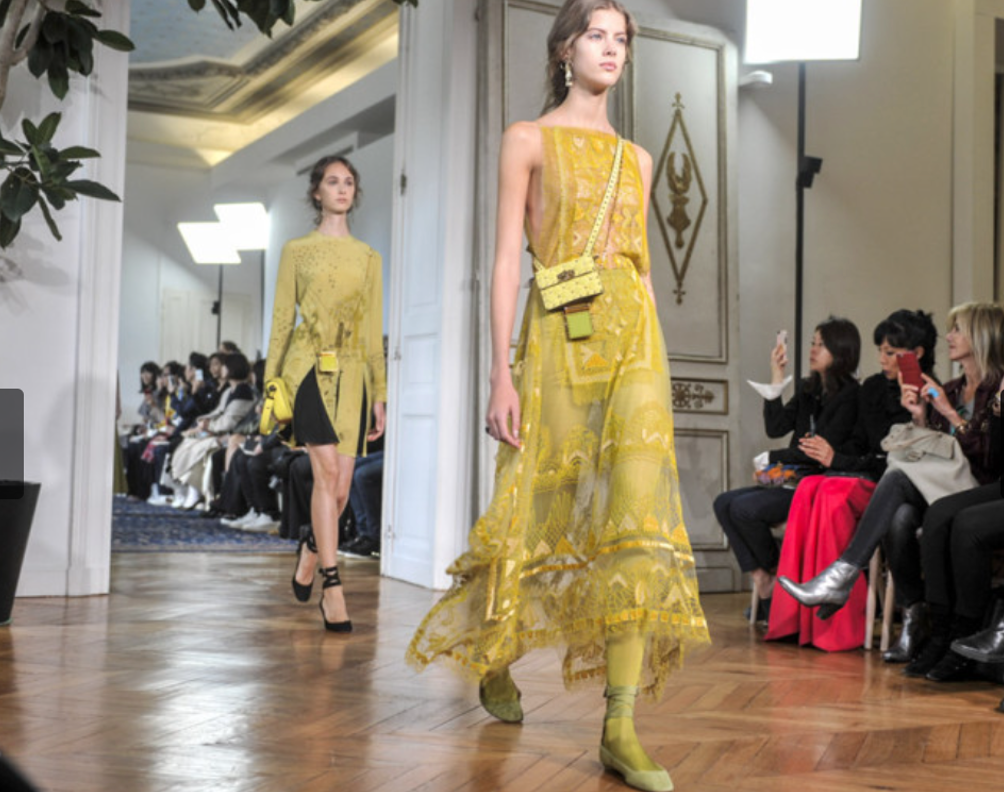
Beyond fashion: an Inclusive Luxury
Piccioli advocated for a style that challenges norms and disrupts gender boundaries, forging a space where clothing is an expression of liberation and a pathway to aspirations.
And to embody this prominence, beauty becomes a matter of inclusivity. From selecting a transgender spokesperson as ambassador, to his heartfelt appeals against racism, incorporated by the beautiful Adut Akech as the face of the maison, who opened his 2018 haute couture show alongside 48 other black models. A post on his Instagram, accompanying a photo where he embraces Naomi Campbell, perfectly encapsulates his inclusive, revolutionary aesthetic, always capable of inspiring dreams: “Change the aesthetics and it will change people’s perception more than any other slogan. Everyone is free to dream; this describes the inclusivity of haute couture.”
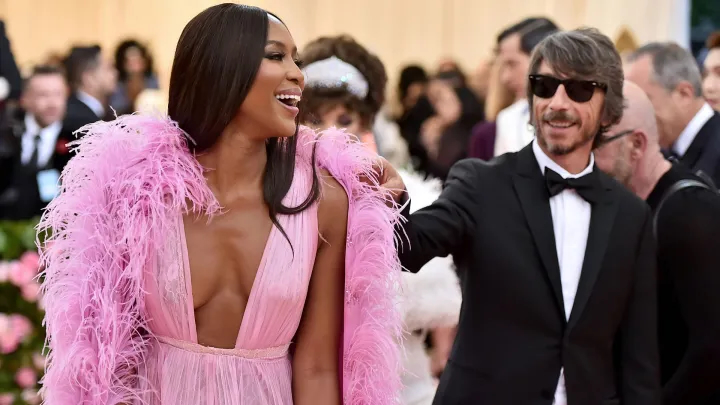
Naomi Campbell & Pierpaolo Piccioli at MET gala 2019
Moreover, inclusivity also emerges from the work environment, a position of utmost significance. Piccioli has always held a deep respect for the artisans of the Maison, whose craftsmanship is as much a hallmark of the brand as his own global vision is intricately woven into every garment.
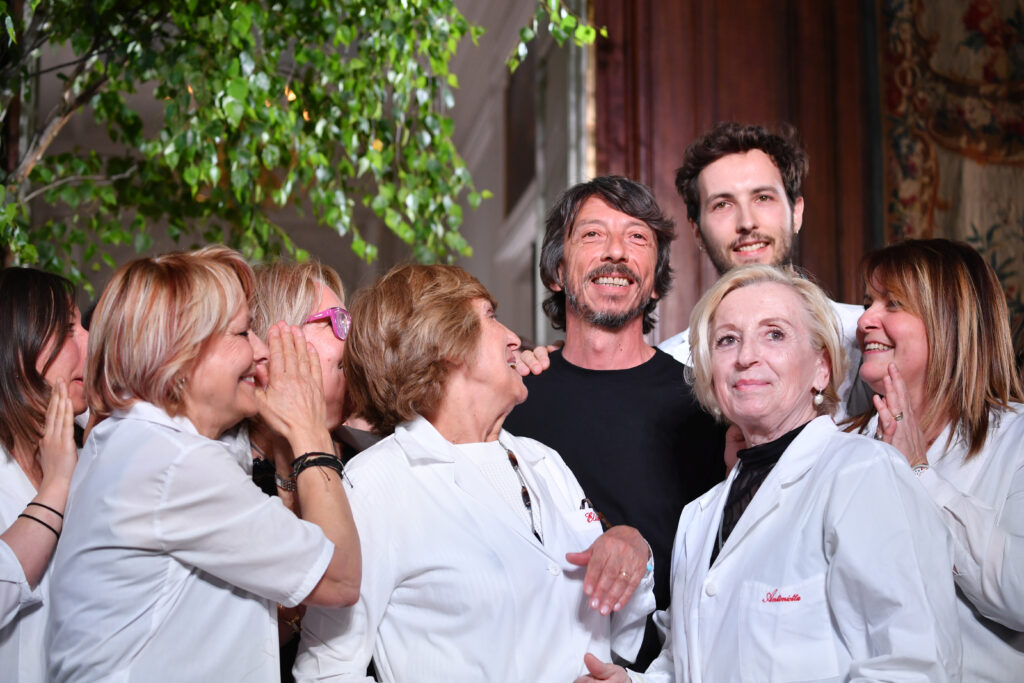
Recognized as one of Time magazine’s most influential figures in 2019, Piccioli’s impact extended beyond the fashion industry. This influence was further evidenced in subsequent years, with the “V as Vaccinated” campaign and the release of limited-edition sweatshirts aimed at promoting vaccine dissemination.
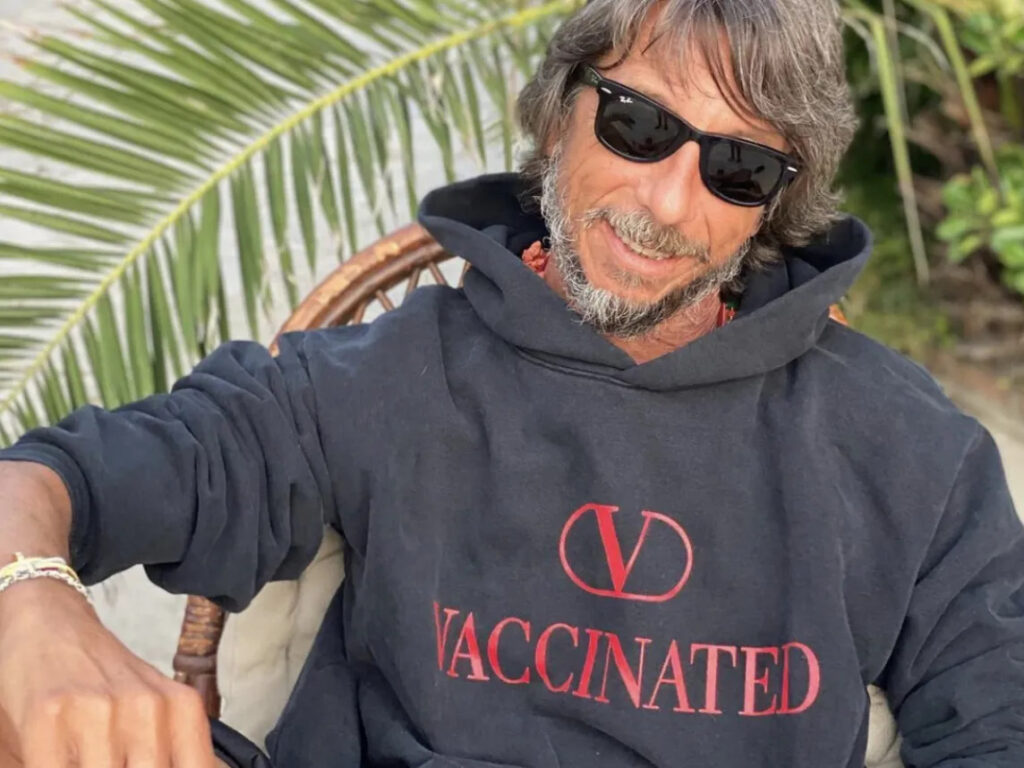
V as Vaccinated charity program, supporting Unicef and Covax
In Valentino couture is key, forming an integral part of its DNA.
Haute couture is synonymous with the perfect exemplification of a common thread between fashion and art, which sees its pinnacle in painting, just as haute couture – according to the designer – represents the highest form of fashion.
The contribution of painters leaves an unmistakable, indelible mark on each creation; it animates the garments, reimagines the surfaces, giving rise to astonishing three-dimensional virtuosity. And it is precisely this that characterized the Fall/Winter 21-22 haute couture collection “Valentino des Ateliers”.

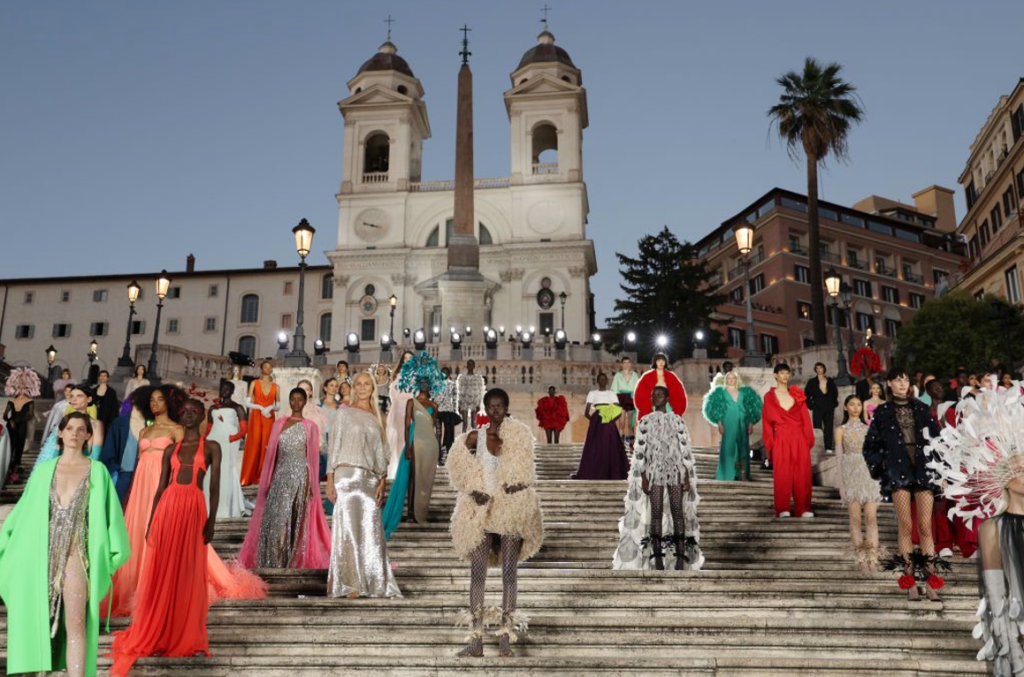
Fall/Winter haute couture 2022 – “The beginning”
Between 2022 and 2023, Piccioli patented the Pantone Pink PP shade, a vibrant color that took the iconic place of Valentino’s signature red.
Predominantly feminine at first glance, here pink transcends to become truly monochromatic, serving as a chromatic constraint that facilitates the exploration of other symbols.

Piccioli’s minimalist choice aims to minimize visual shock, focusing attention on silhouettes, textures, decorations, and the intricate details of the garments.
What’s next?
As for the future, we can only speculate. How will the fertile dialogue constructed between fashion and art evolve?
Doubts but few answers.
Undeniably, Piccioli’s work at Valentino has been a lesson in grace—a narrative of strong innovation with deep roots.
PP, we already miss you!
By Francesca Bisogno
Sources:
Chia, B. (2024, March 13). Valentino’s “Portrait of a Generation” campaign encapsulates inclusivity. Harper’s Bazaar Singapore.
Di Giamberardino, G. (2024, March 22). Pierpaolo Piccioli lascia la direzione creativa di Valentino. Vogue Italia.
Kering. (2023, August 30). Kering e Mayhoola annunciano l’ingresso di Kering nel capitale di Valentino con una quota significativa nel contesto di una piu’ ampia partnership strategica.




